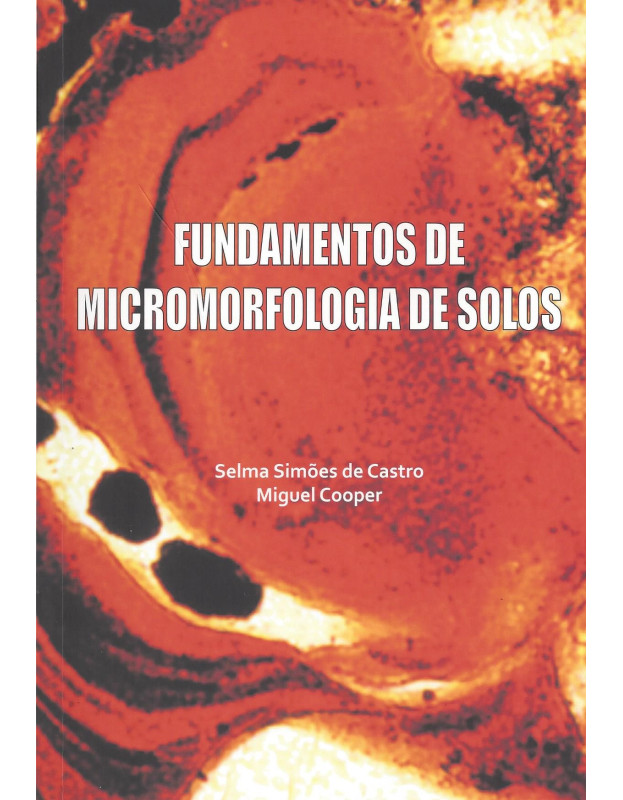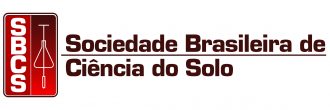
Preface
After a long and anxious wait, the first book on Fundamentals of Soil Micromorphology was published in Brazil, written in Portuguese and authored by two Brazilian micromorphologists. A complete achievement! During decades of application of the technique, pedologists and other Brazilian users who observe the soil on its microscopic scale resented the lack of a work of this size and with the characteristics with which it is presented to us.
The book is aimed mainly at students and beginners in scientific research on soils, in particular on diagnostic microstructures of pedogenetic processes and behavior and functioning of current and past soils. Despite there being international works, especially in English, aimed at this objective, the authors bring their own experience and that of other researchers in Brazil who use the technique in their research in all segments of the book. All examples presented are from Brazilian soils.
Fundamentals of Micromorphology is organized into three parts: Part I – in which the authors present what Soil Micromorphology is, how it is best used, emphasizing that microscopic observations do not exclude others, including the landscape in which the soil is located , its history in the Western world and in Brazil, highlighting the role of main authors such as Kubiena, Brewer, Fitzpatrick and Stoops, among others. It also shows its applications, which are increasing within and outside Soil Science. They consider it as a morphoanalytical tool or technique, therefore of soil morphology, carried out on a microscopic scale with the aid of a petrographic optical microscope, without prejudice to enriching it with complementary analyses, such as ultra and submicroscopy, in addition to image analysis. In Part II – the authors discuss techniques for collecting and preparing soil samples for microscopic analysis, with emphasis on the main equipment in use and protocols for manufacturing polished blocks for analyzing digital images, especially pores, and slides thin for optical microscopy. Finally, in Part III, the basic instructions for identifying and describing the solid constituents, distributed in two fractions, the coarse and the fine, and associated pores, of the arrangements among themselves are described, configuring the pedofactories and their microstructures, highlighting the types that are already quite known, as well as pedological features resulting from natural pedogenic processes, whether past or present, or induced by soil use and management.
The authors’ partnership in preparing this book comes from their history of work in the area. Professor Selma Simões de Castro promoted Soil Micromorphology in Postgraduate Studies and Research at the Department of Geography at USP from 1990 to 1996 and at the Department of Soil Science at ESALQ/USP from 1986 to 1996. From the 1990s to the present He gave training courses and training in the technique for which he organized and published three booklets, 1 printed in 1989, and 2 digitally, in 2002 and 2008. Professor Miguel Cooper continued Profa’s activities. Selma at ESALQ/USP and advanced even further in its applications, incorporating it into her research, teaching and extension routine, especially in Physics and Soil Management and Conservation. With significant support and resources from the Fundação Coordenação de Aperfeiçoamento do Ensino Superior – CAPES, applied to the Postgraduate Program in Soils and Plant Nutrition, the collaboration of partners via the Fundação de Amparo à Pesquisa do Estado de São Paulo – FAPESP, and the With funds from the University of São Paulo allocated to the Department of Soil Science at ESALQ-USP, Professors Selma and Miguel transformed, each in their own time, the old sector of impregnation and preparation of thin layers of soil that had been operating since the 1970s in an incipient form, in the current Soil Micromorphology Laboratory (LABMICRO) at ESALQ/USP, which also includes a microscopy and image analysis sector, today a reference in Brazil and open to all users who need it. At LABMICRO, Prof. Miguel Cooper modernized and consolidated the protocol for preparing thin sections and polished blocks of soils and related materials, which was incorporated here in Part II, as well as notably advancing work on analyzing images of soil porosity, having developed the SPIA – Soil Pore Image Analysis. As can be seen, this is a pair of researchers committed to ensuring that Soil Micromorphology is within the reach of the scientific community in Brazil and that it is increasingly used in its applications.
The book is a manual or guide in Portuguese, in which the authors integrated their respective experiences in order to transmit what they learned, learn and teach in Soil Micromorphology, in a simple and clear language, suitable for fundamentals. The Brazilian Society
| Book | |
| Publishers | Selma Simões de Castro Miguel Cooper |
| Publishing company | Sociedade Brasileira de Ciência do Solo |
| Edition | 1ª Edição |
| Pages | 240 |




